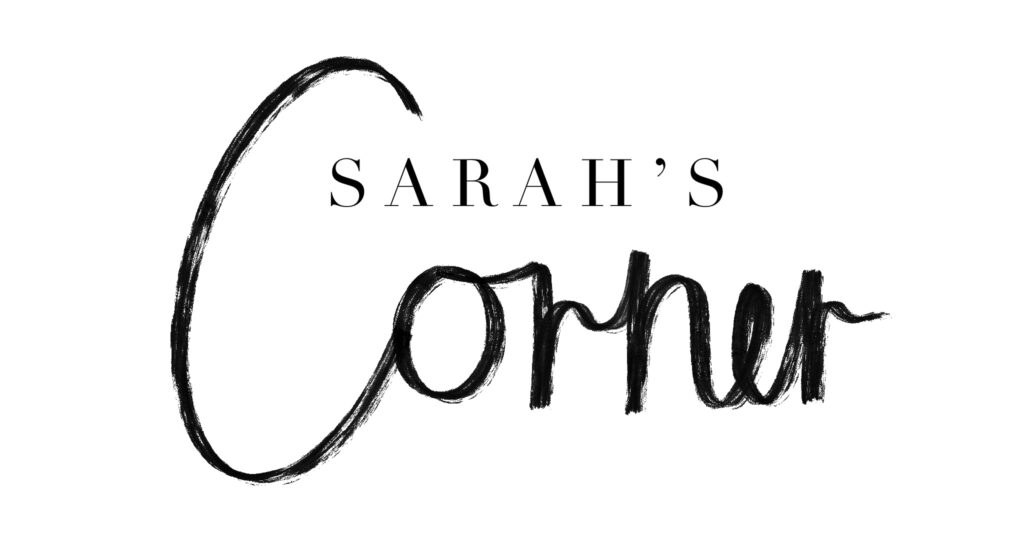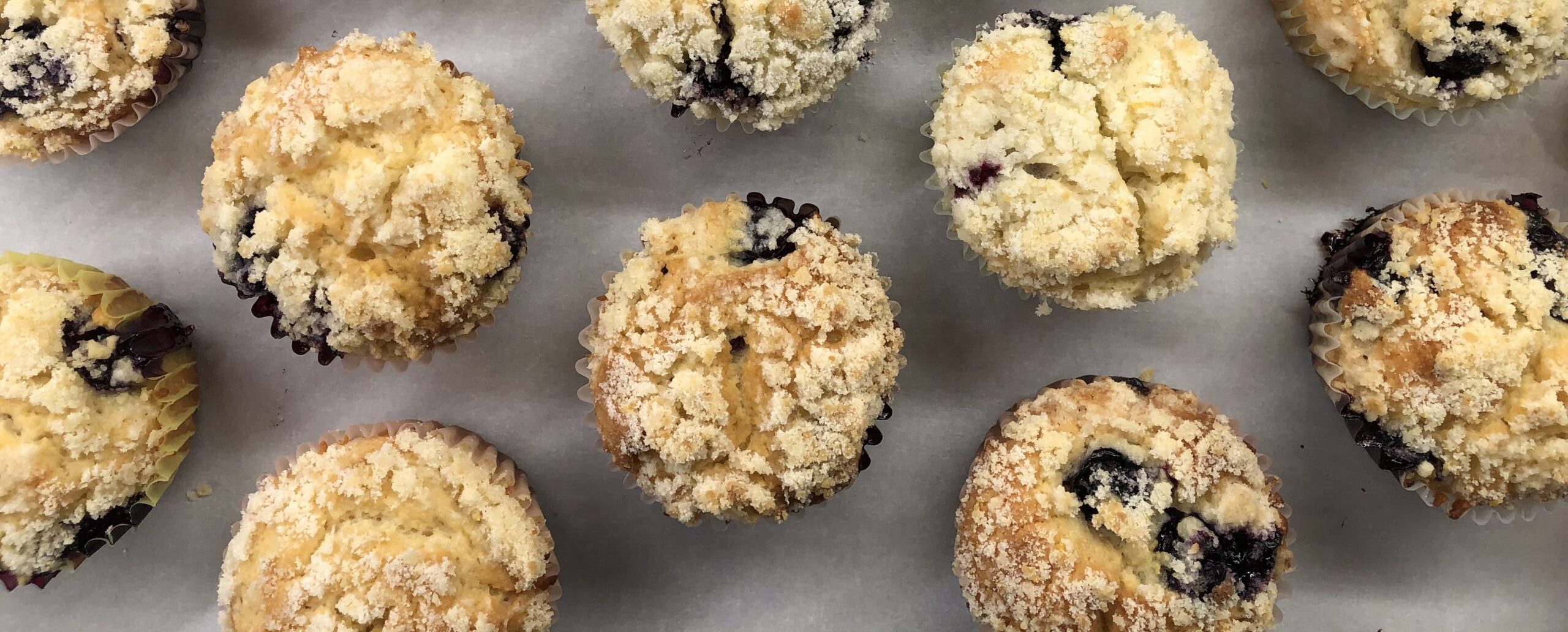Have you made the same recipe more than once and found it doesn’t quite turn out the same each time?
Or, you followed the recipe exactly yet your batch turned out different from the recipe photos?
Consider the methods you used to measure your ingredients, which will dictate the texture and taste
When we measure our flour or sugar, there are specific ways to accurately measure for the best results
Why is it important?
The variation in measurements may alter the texture of your treats
Too much flour or too much leavening agent may turn out dense and won’t spread as much in the oven
Too much sugar may cause them to spread too much, making them thin and dry
In recipes like macarons, the ingredients need to be exact. Any deviation from the instructed amount may ruin the recipe
Bread has the same deal, and having the exact amount of flour and leavening agent will aid in baking a beautiful loaf
How do we do it?
If the measurements are posted on the recipe and you have a scale at home, use it!
100 grams is about the same on every scale (that is correctly calibrated) and deviation from the base recipe is rare with this method
Here’s a comparison of the average grams per cup of each ingredient
| 1/4 cup | 1/3 cup | 1/2 cup | 1 cup | |
| AP Flour | 30g | 40g | 60g | 120g |
| G. Sugar | 50g | 67g | 100g | 200g |
| P. Sugar | 29g | 38g | 58g | 115g |
| B. Sugar packed | 53g | 71g | 107g | 213g |
AP Flour: All-purpose flour
G. Sugar: Granulated sugar
P. Sugar: Powdered sugar
B. Sugar: Brown sugar (light or dark)
*These are averages that vary depending on the ingredient brand and package
However, for those who do not have a scale, fear not
I knowww how tempting it is to dunk that cup into the flour container and scoop out what you need but…
Don’t do that
The pour-and-scrape technique is the best way to achieve the right measurement
Follow this step-by-step breakdown…
- Spoon or pour your ingredient(s) into the measuring cup
- Use a knife or straight edge as a level
- Done!
It’s super easy! But you may wonder “How important could it really be?” It’s just one cup…
Here’s a side-by-side comparison in weight between the scoop vs pour-and-scrape method
Granulated Sugar
Measurement comparison: 1 cup


Comparatively, we see a difference of about 7 grams between the two methods. In cookies or cakes, this difference isn’t obvious
However, recipes like fondant, caramel, or macarons need precision to succeed
Flour
Measurement comparison: 1 cup


Flour is where we see the most drastic differences, a whooping ~40-gram difference between the two methods as shown
That’s a 31% increase in flour, and if 1 cup = 120g
then the scoop method adds an extra 1/4 cup to our recipe
For example, say you’re making my Lime Sugar Cookies, which calls for 2 and 1/2 cups of flour
By using the scoop method, you’re adding an extra 1/2 cup of flour beyond what the recipe calls for!
Brown Sugar
Measurement comparison: 1/2 cup


Lastly, brown sugar is often “packed” down in recipes to ensure the correct amount is incorporated
Brown sugar is granulated sugar mixed with molasses, which makes cookies and desserts dense and chewy
Unless otherwise specified, make sure to pack down your brown sugar to measure the proper amount
So to all my future professional bakers and chefs, keep these tips in mind the next time you bake your cookies, cakes, brownies, and beyond 🙂

